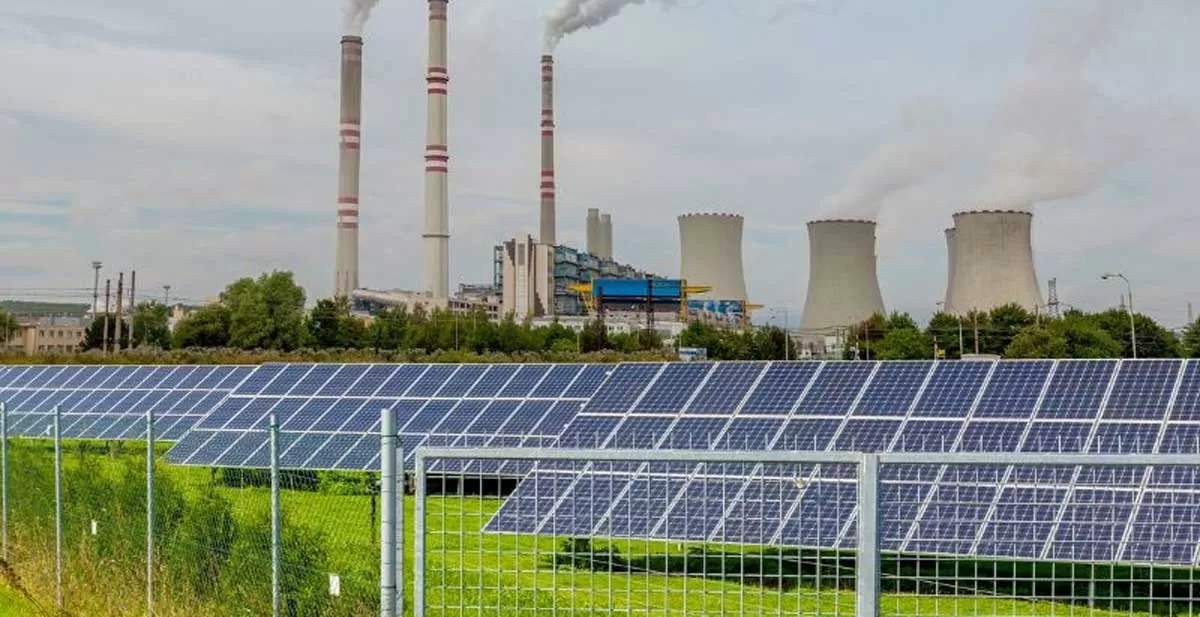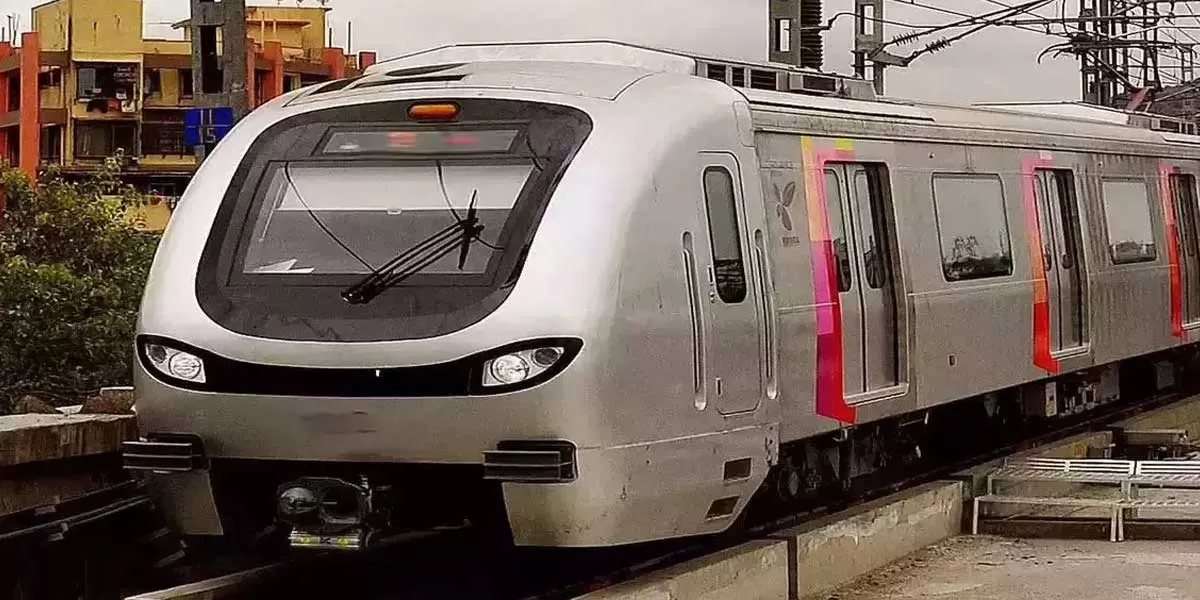
CEA Sets Procedure for Captive Power Project Verification

Chennai Metro: TBM Adyar Breaks Through
Larsen & Toubro’s (L&T) tunnel boring machine (TBM) Adyar (S-1326A) has achieved its first breakthrough at Adyar Junction for Package TU-02 on Chennai Metro Phase 2’s Line 3. This milestone marks the fourth breakthrough in the 12 km tunnel stretch between Kellys and Taramani Road Junction stations. The 116.1 km Phase 2 project aims to improve connectivity across Chennai, with Line 3 spanning 45.8 km and 49 stations—20 elevated and 29 underground. A Key Milestone for Chennai Metro TBM Adyar, a 100m-long Herrenknecht earth pressure balance (EPB) machine, began its assignment at Greenways R..

Delhi Metro Hits Record Height at Haiderpur
The Delhi Metro has set a new height record with the construction of its highest-ever point near Haiderpur Badli Mor, surpassing the Pink Line’s previous 23.6m mark at Dhaula Kuan. “A 490-metre stretch on the Phase-IV Magenta Line Extension has been built at a height of 28.362 metres,” said the Delhi Metro Rail Corporation (DMRC). Construction was carried out in phases with alternative support systems due to space constraints. The second-highest elevated section, a 52.28-metre steel span at 27.61 metres, was also completed. To avoid disruptions, work was conducted during non-operational ..

CEAT Specialty Expands with Camso, Eyes Global Growth
CEAT Specialty, the off-highway tyre (OHT) division of CEAT, is ramping up its global expansion strategy, aiming for a 70-30 export-domestic revenue split in the coming years. With exports currently contributing 50% of total sales, the company is strengthening its position in international markets through acquisitions, capacity expansion, and sustainability initiatives. A key move in this direction is CEAT Specialty’s acquisition of Camso, a leading global OHT solutions provider. The deal significantly enhances CEAT’s presence in North America and the European Union—both high-margin mar..














